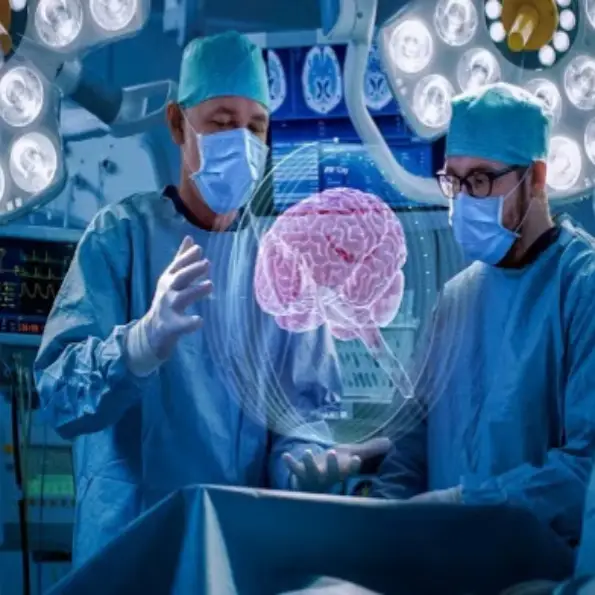1. Surgery Overview
Skull base tumor surgery is a complex and delicate procedure performed to remove benign or malignant tumors located at the base of the skull. These tumors may involve critical structures such as cranial nerves, major blood vessels, and parts of the brain. Depending on the tumor’s location, size, and type, the surgical approach may vary—commonly involving either an endoscopic (minimally invasive) technique through the nose or an open craniotomy. The primary goal is to remove as much of the tumor as safely possible while preserving neurological function and minimizing damage to surrounding tissue.
2. Type of Anesthesia
The surgery is performed under general anesthesia, ensuring the patient is completely unconscious and does not feel any pain during the operation.
3. Possible Risks and Complications
Bleeding
Infection
Cerebrospinal fluid (CSF) leak
Damage to cranial nerves (which may affect vision, hearing, facial movement, or swallowing)
Brain swelling
Neurological deficits (temporary or permanent)
Seizures
Need for additional treatment such as radiation therapy or further surgery
4. Hospital Stay Duration
The typical hospital stay ranges from 5 to 10 days, depending on the complexity of the tumor, the surgical approach, and the patient’s recovery progress. Extended ICU monitoring may be required in some cases.
5. Important Post-Operative Care
Regular neurological assessments and imaging to monitor recovery
Proper wound care and prevention of infection
Pain management and medications to reduce swelling
Activity restrictions (avoid heavy lifting and strenuous activity for several weeks)
Rehabilitation therapies such as physical, occupational, or speech therapy if needed
Regular follow-up appointments with the neurosurgery and oncology teams
6. Possibility of Recurrence
There is a risk of tumor recurrence, especially with malignant or incompletely removed tumors. Continuous long-term follow-up with MRI or CT scans is crucial to detect any signs of regrowth early. In some cases, adjuvant therapies such as radiation or chemotherapy may be recommended to reduce the risk of recurrence.

